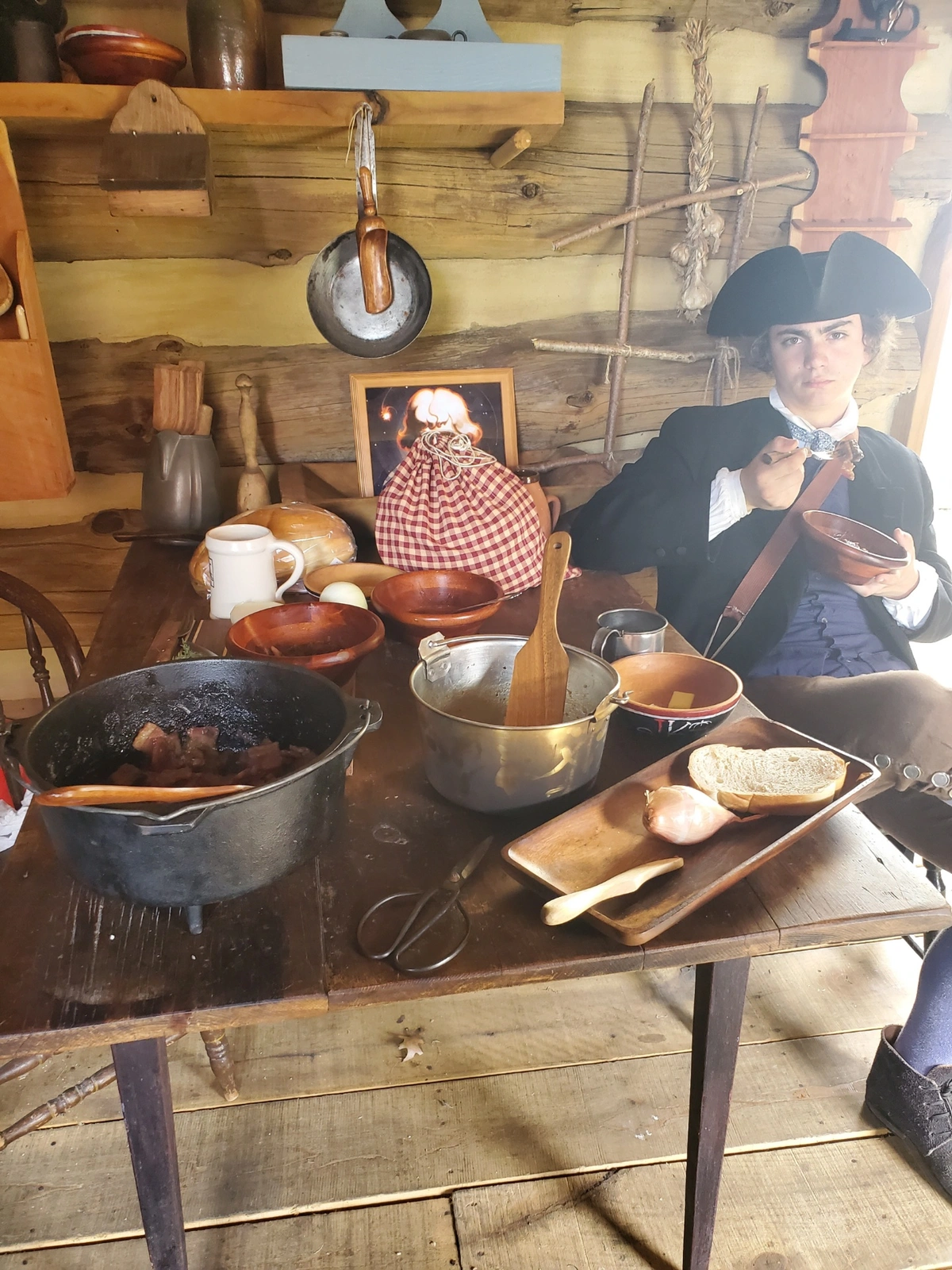Museums play a pivotal role in preserving the rich tapestry of local history. They serve as custodians of our shared heritage, offering insights into the past and fostering a sense of community identity. Through their diverse collections and educational programs, museums ensure that the stories, artifacts, and traditions of a region are not lost to time. This article explores the multifaceted role of museums in preserving local history, highlighting their educational value, their function as community hubs, and their efforts in safeguarding artifacts and stories.
The Educational Value of Museums
Museums are invaluable educational resources. They provide a tangible connection to history that books and digital media often cannot. By showcasing artifacts and exhibits, museums make learning about history engaging and accessible for people of all ages. School groups frequently visit museums to supplement their curriculum with real-world examples of historical events and cultures. Additionally, museums often host lectures, workshops, and special programs that delve deeper into specific historical topics, further enriching the educational experience.
Museums as Community Hubs
Beyond their educational mandate, museums serve as vibrant community hubs. They offer a space for people to gather, share experiences, and engage in cultural activities. Community events such as art exhibitions, historical reenactments, and public lectures are common in museums. These events not only attract visitors but also foster a sense of belonging and community pride. Museums often collaborate with local organizations, schools, and artists to create programs that resonate with the local populace, ensuring that the museum remains a relevant and integral part of the community.
Preserving Artifacts and Stories
At the heart of a museum's mission is the preservation of artifacts and stories. Museums meticulously collect, conserve, and display items of historical significance. This includes everything from ancient tools and clothing to photographs and documents. The preservation process often involves detailed research and careful conservation techniques to ensure that these items remain intact for future generations. By preserving these artifacts, museums safeguard the tangible connections to our past. Equally important is the preservation of intangible heritage—stories, traditions, and oral histories that are passed down through generations. Museums play a crucial role in recording and sharing these narratives, ensuring that the cultural heritage of a community is not forgotten.
In conclusion, museums are vital institutions for preserving local history. They educate the public, serve as centers for community engagement, and meticulously preserve artifacts and stories that define our collective heritage. By fulfilling these roles, museums ensure that future generations have access to the rich history and culture of their communities. Their work helps foster a deeper understanding and appreciation of the past, while also inspiring a sense of pride and continuity within the community. Check out the Bradford House Museum’s events on www.bradfordhouse.org

This content has been submitted by authors outside of this publisher and is not its editorial product. It could contain opinions, facts, and points of view that have not been reviewed or accepted by the publisher. The content may have been created, in whole or in part, using artificial intelligence tools.

